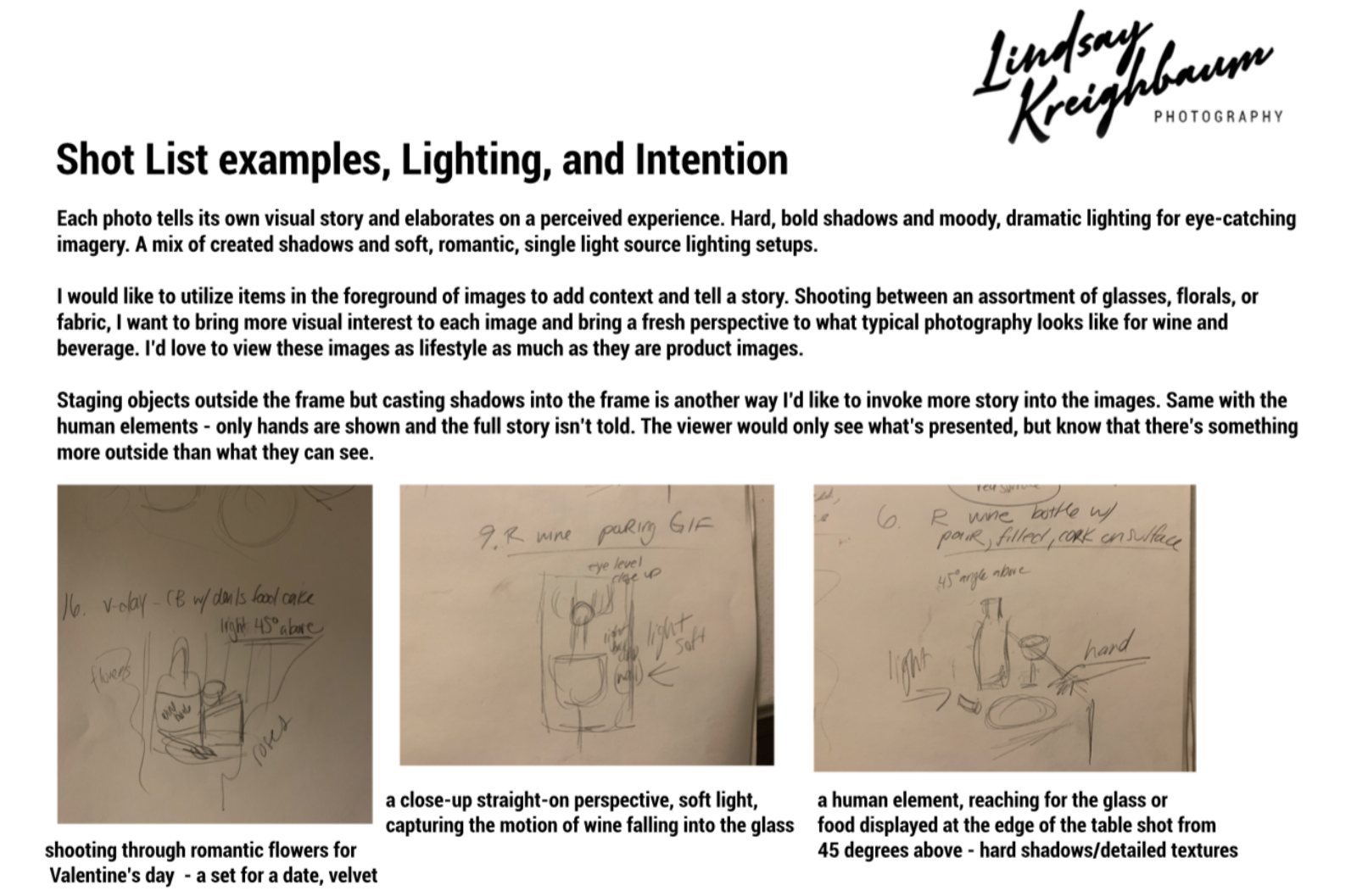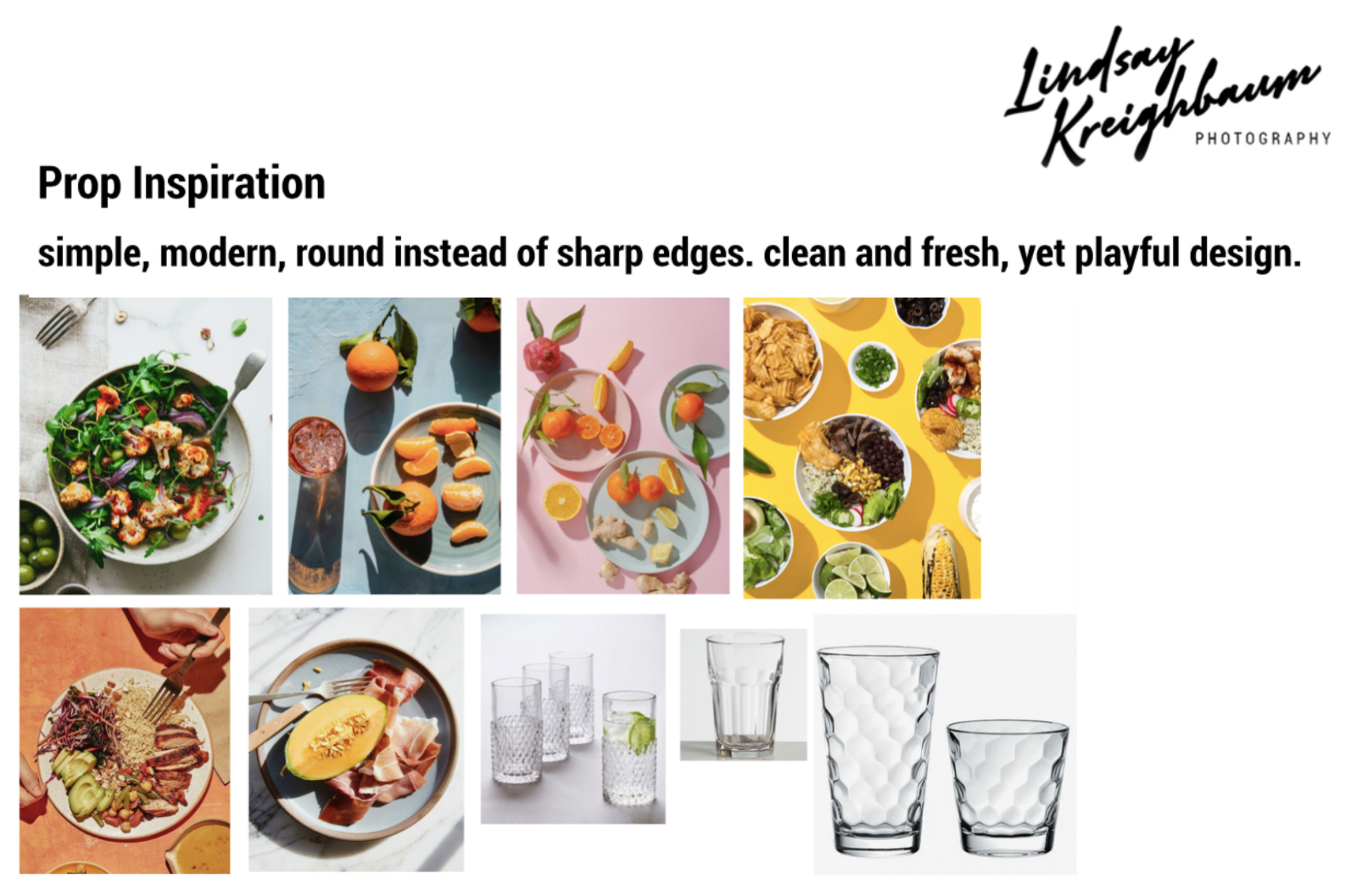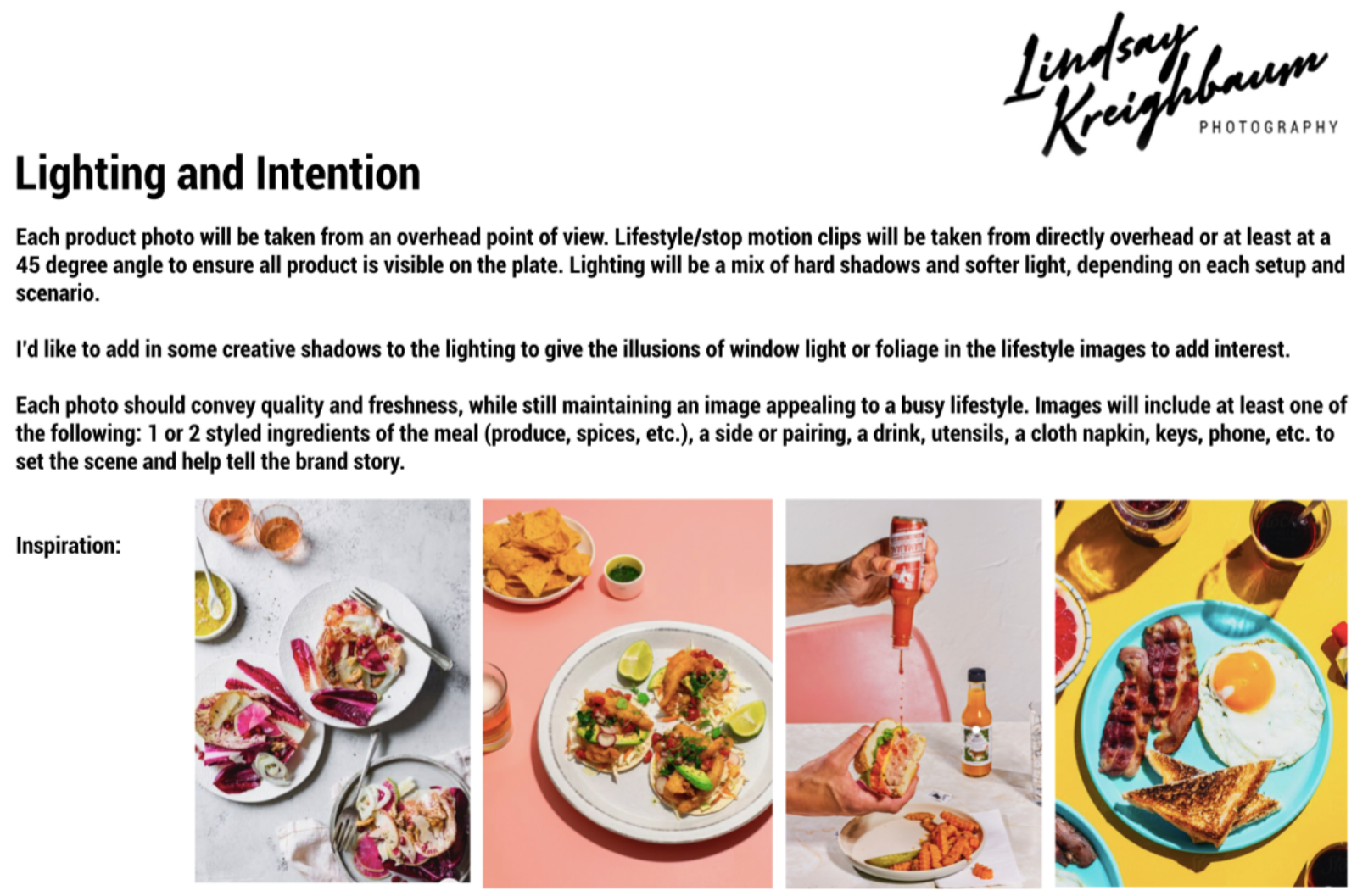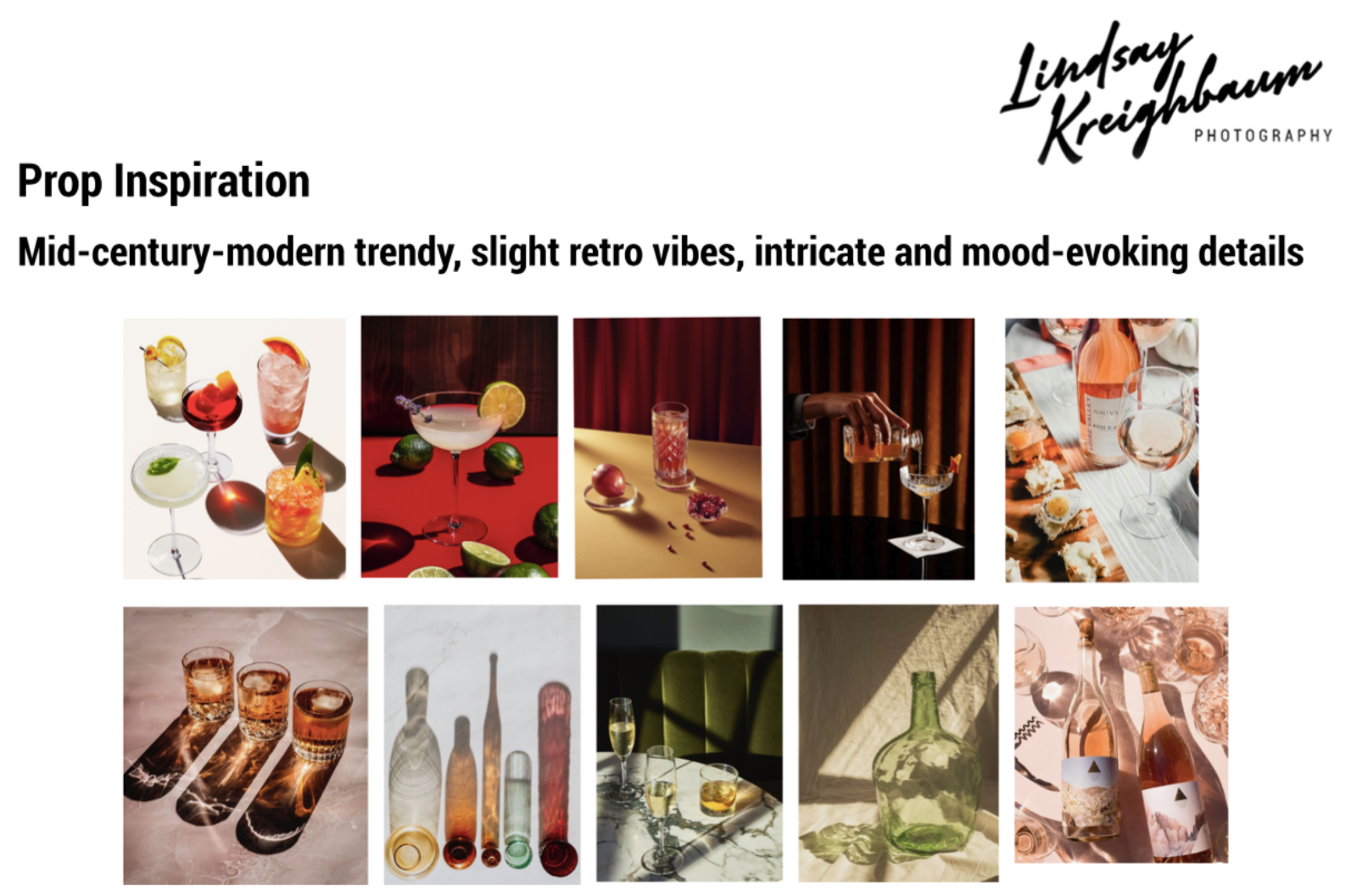Commercial photography involves so much more than taking a few creative photos of a product. There’s quite a bit of planning, designing, creating, and editing that goes on behind the scenes as well (check out the process here.) Before diving into a shoot, consider putting together a photography treatment for the project. I promise you’ll be so glad you did! Whether you’re the photographer or the client, this post is for you!
What is a Photography Treatment?
After the initial consultation for a project, the photographer will draft a markup of the photoshoot. The photography treatment serves as a blueprint that outlines the types of photos the photographer plans to take. The treatment will include an overview of:
- Type of Shoot (such as “Rebranded Product Labels” or “Product Catalog.”)
- Shoot Concept (such as “Emphasize the product’s high-quality ingredients” or “Convey the brand’s earth-friendly values.”)
- Setting (where will the shoot take place?)
- Textures & Props
- Inspirational Prop & Location Photos (i.e., a mood board)
- Staging Ideas
- Lighting Suggestions
- Shot List
A treatment contains both written explanations and visual examples of what the photoshoot will include by providing a comprehensive outline.
3 Reasons Every Commercial Photoshoot Should Include a Treatment
1. Show the Client What They’re Getting
A photography treatment is a great way for the photographer to show off her skills and prove her expertise. A professionally prepared treatment assures the client that the photographer has a solid plan and process in place to expertly execute the shoot.
2. Get Everyone on the Same Page
A thorough photography treatment also provides a place for both the photographer and the client to make notes. Both of you can refer back to it throughout the planning and photoshoot process or make changes as needed. It’s much easier to make changes on the preview than during or after the actual photoshoot.
I recommend printing a couple of copies for the photographer and client so you can easily bring them along with you and make notes on the spot.

3. Make the Process Smoother
Finally, implementing a photography treatment can save both time and money. With everyone on the same page, the process is much smoother because both parties know what to expect. There’s a clear timeline and process in place, and the client already has a good idea of how the photos will look.
There should be fewer hiccups and revisions with all the pieces in place, and you won’t be scrambling during the shoot. When you just “wing it,” there’s a chance that the photographer may misunderstand the vision or that the client will be unhappy with the results, therefore requiring a second take or additional edits.
A Photography Treatment is Worth the Effort!
Although it takes some time and thought to put together a photography treatment, it ends up preventing miscommunication issues and saves quite a bit of time in the end. Once you get the hang of it, I have a feeling you’ll never do a project without one again!
Lindsay is a Los Angeles-based food, product, and commercial photographer. She specializes in Still Product & Food Photography, Lifestyle & Portrait Photography, Stop Motion, and Food Styling. Connect with her HERE for product marketing!





you said: